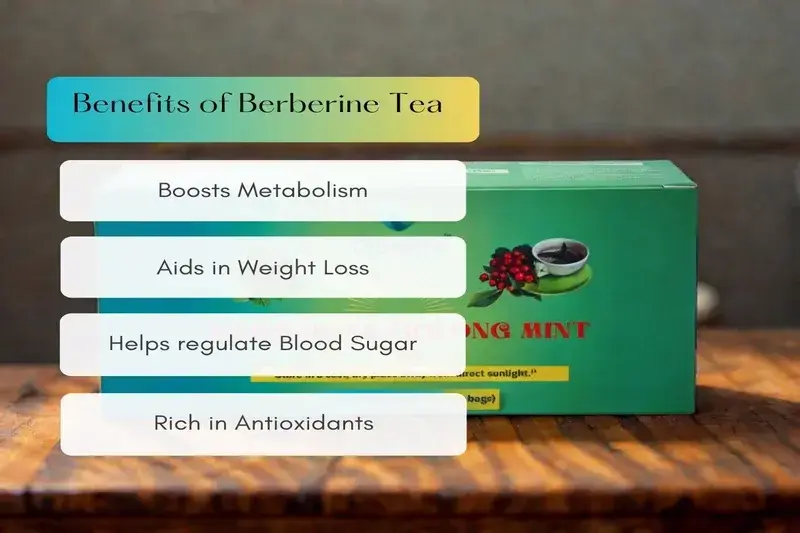Key Highlights:
- A novel drug combining berberine and ursodeoxycholate significantly lowered HbA1c levels in a phase II trial.
- Improvements were noted in metabolic and liver markers, particularly at higher doses.
- The treatment was well-tolerated with minimal side effects.
A New Era in Diabetes Management
An innovative compound, berberine ursodeoxycholate (HTD180), has demonstrated significant glucose-lowering effects in adults with poorly controlled type 2 diabetes. Conducted in China, a phase II randomized clinical trial revealed promising results, positioning this drug as a potential game-changer in diabetes treatment.
By week 12, participants receiving HTD180 at doses of 500 mg and 1,000 mg twice daily saw substantial improvements in HbA1c levels:
- 500 mg dose: HbA1c reduction of 0.4% (95% CI: -0.79% to -0.03%, P=0.04).
- 1,000 mg dose: HbA1c reduction of 0.7% (95% CI: -1.10% to -0.35%, P<0.001).
Furthermore, 55.9% of participants in the higher-dose group achieved an HbA1c below 7%, compared to just 15.2% in the placebo group.
Metabolic and Liver Benefits
Beyond glucose control, the higher dose of HTD180 showed additional benefits:
- Significant reductions in liver enzymes (AST, ALT, γ-GGT).
- Improvements in lipid profiles, including LDL, HDL, and total cholesterol levels.
- Enhanced insulin sensitivity as reflected by HOMA-IR scores.
Interestingly, body weight remained stable across all groups, highlighting the drug’s glucose-lowering benefits without weight-related effects.
Safety Profile
HTD180 was well-tolerated, with the majority of participants completing the study. The most frequently reported side effect, hyperlipidemia, occurred in a small number of patients across both treatment and placebo groups, suggesting a favorable safety profile.

The Science Behind HTD180
HTD180 combines berberine—a compound long revered in traditional Chinese and Ayurvedic medicine—with ursodeoxycholic acid, a bile acid regulator known for its anti-inflammatory properties. This dual-action mechanism targets:
- AMPK Activation: Enhances glucose uptake and improves insulin sensitivity.
- NLRP3 Inflammasome Inhibition: Reduces systemic inflammation linked to metabolic dysfunction.
These mechanisms align HTD180’s benefits with other antidiabetic agents while providing unique advantages, such as potential liver health benefits.
Contextualizing the Results
While HTD180’s HbA1c reduction aligns with that of approved therapies like SGLT2 inhibitors and DPP-4 inhibitors, its dual benefits for glucose and liver health offer distinct advantages. Unlike metformin, which achieves HbA1c reductions of 1.0-1.5% at standard doses, HTD180’s impact is slightly less potent but presents an alternative for patients seeking natural-based therapies.
“For patients unable to tolerate metformin or looking for complementary treatments, HTD180 may provide a promising option,” commented Dr. Nestoras Mathioudakis of Johns Hopkins University.
Study Design and Limitations
The trial, conducted at 14 sites in China, enrolled 113 adults with an average HbA1c of 8.2% and BMI of 25.5. Participants underwent an 8-week lifestyle intervention before being randomized into three groups (500 mg, 1,000 mg, or placebo).
While the results are encouraging, limitations include the short follow-up duration (12 weeks) and the homogeneity of the study population, which consisted exclusively of Han Chinese individuals. Future studies with diverse populations and longer follow-up periods are essential to validate these findings.
A Look Ahead
HTD180 has garnered interest beyond diabetes management. The FDA has granted it fast-track designation for conditions like metabolic dysfunction-associated steatohepatitis (MASH) and primary sclerosing cholangitis (PSC). Ongoing studies aim to explore its broader applications in metabolic and liver diseases.
As research progresses, HTD180 may offer a natural yet scientifically advanced option for individuals with type 2 diabetes and related conditions, addressing both metabolic and liver health in one treatment.




